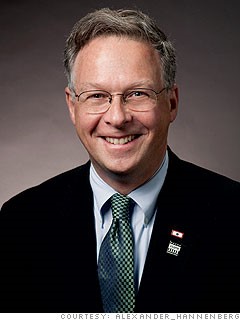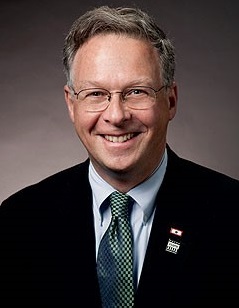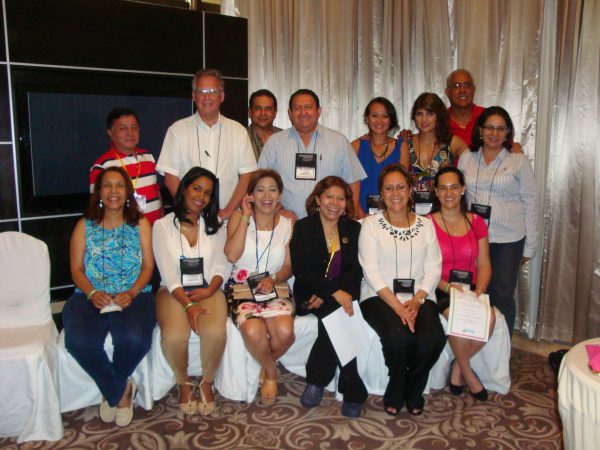
Meet Dr Alexander Hannenberg
 What does the Ellison Pierce lecture mean to you, and what will you be speaking about?
What does the Ellison Pierce lecture mean to you, and what will you be speaking about?
The Ellison Pierce lecture is not only an opportunity for me to recognize one of my mentors and giants in anesthesia safety but to try to highlight the connections between the challenges in the safety of surgery globally and the illustrious history of anesthesia patient safety in the developed world.
What drives your commitment to safer practice on a global scale?
Because of the timing of my career and anesthesiology I’ve lived through the total transformation of outcomes in the high-resource setting world. Through personal experience, I’ve seen what an opportunity there is to make a systematic change in how we work, and have a massive impact in results.
And in the last couple of decades it’s had a lot to do with pulse oximetry.
I started working before oximetry was commonly used, and I saw that rapid transformation from a rarity to a standard of care that is always adhered to.
And we’ve seen huge improvements in safety in high resource settings. Really, there is no more dramatic story of improvement in healthcare to be told than that. And through Lifebox, we have an opportunity to drive that kind of change in the rest of the world.
How did you get involved?
Like many of the founding trustees, I first heard about Lifebox before it was Lifebox. There was the Global Pulse Oximetry Project being led by the AAGBI and the WFSA back in the early 2000s, and it struck me how little the ASA was contributing to that work.
We don’t have a vast pool of data on surgical outcomes in low- and middle-income countries, but we’re learning more. We know there’s a critical global pulse oximetry gap, and I see that in relation to my own operating room. We would have a handful of preventable deaths every week if we had the same resource gap.
How does Lifebox decide where to work?
We work strictly in low- and middle-income countries, with a lot of focus on public hospitals. So much of it has to do with building a partnership with a local champion, who helps us to establish the needs for oximetry in OR and recovery settings – sometimes at just a single site, but ideally up to a national level.
We work to a model that’s part donation, part purchase, with generous anesthesiology contributions – including many ASA members, I’m proud to say! In fact the ASA Charitable Foundation works directly with Lifebox to support our neighbors through projects in Central and South America.

And of course, surgery is a team sport – doctor, nurse, hospital leaders – and they all need to be engaged from earliest possible moment to drive these kind of changes. Our greatest successes are places where that has happened – for instance our work in Niger and the Dominican Republic, where the government gave anaesthesia providers permission to leave their posts and travel to our workshop.
What do you like best about the Lifebox approach to safer surgery and anaesthesia?
The thing about Lifebox is that it’s very disciplined about identifying the doable. We’ve become more ambitious over time, but supplying oximetry, basic anaesthesia safety training and introduction to the Checklist remains at our core – and in the grand scheme of things, it’s very achievable.
Compare providing a $250 piece of essential equipment to more intractable healthcare issues – talk about where high impact and feasibility intersect. In this realm I can’t think of a sweeter spot than the things that we have focused on.
What’s more important, equipment or education?
Keep in mind some people receiving our oximeters have never used a ‘patient monitor’ before – they may be nurse, or they may have learned on the job. So the education programme we deliver is a variable but important component: how to use an oximeter; what do you do when the number is bad (and what is a bad number); what are the available interventions we can teach…
We work with our champions to develop a local faculty and bring the recipients together. It’s also an opportunity to introduce Checklist. The Checklist is demonstrated in a variety of resource settings to improve outcomes by 40-50% – but it’s difficult to do well because of cultural and behavioral issues in the OR.
What’s next for Lifebox?
Lifebox is a programme, not a device, and it’s really important to understand that our work is about saving lives through safer surgery. Another programme in our portfolio is called Clean Cut, and it’s a tactic for improving surgical safety. The focus is preventing surgical infections, because in low-resource countries the rates are several fold greater than here. It’s a cause of very considerable suffering and death.
In the last five years Lifebox has made surgery and anaesthesia safer for an estimated 10 million patients – we’ve done a lot, but we’ve got a lot more to do.

